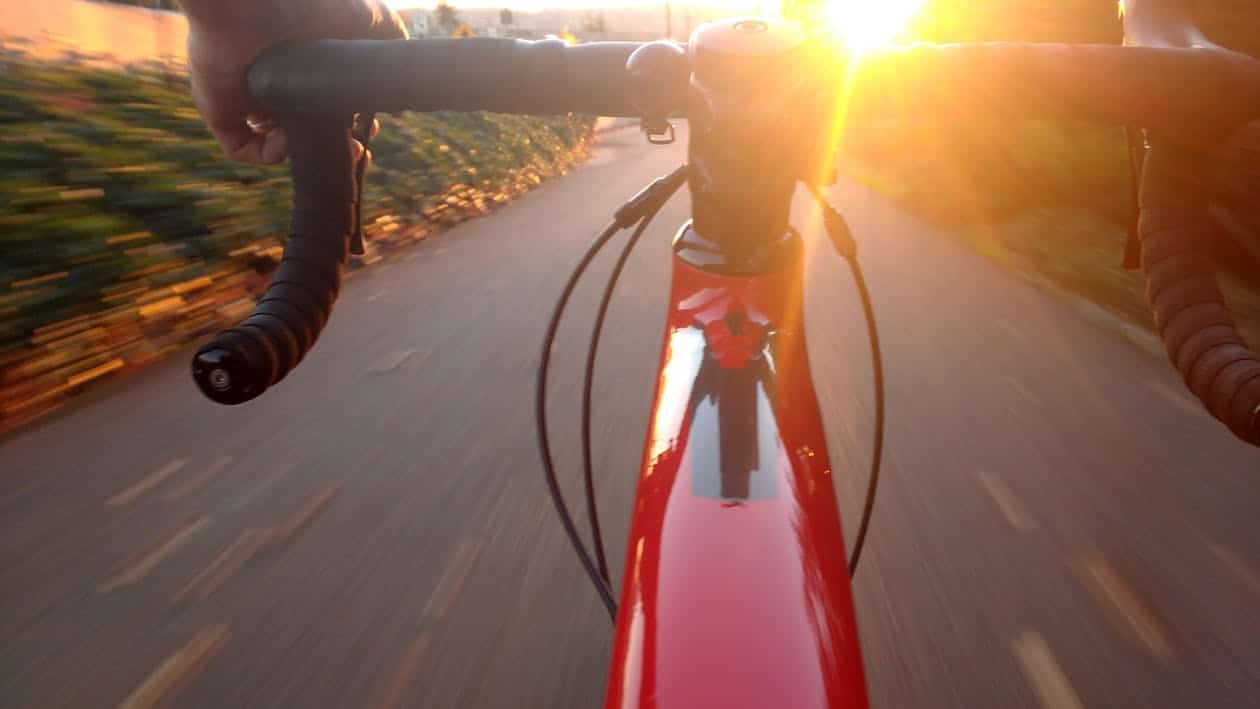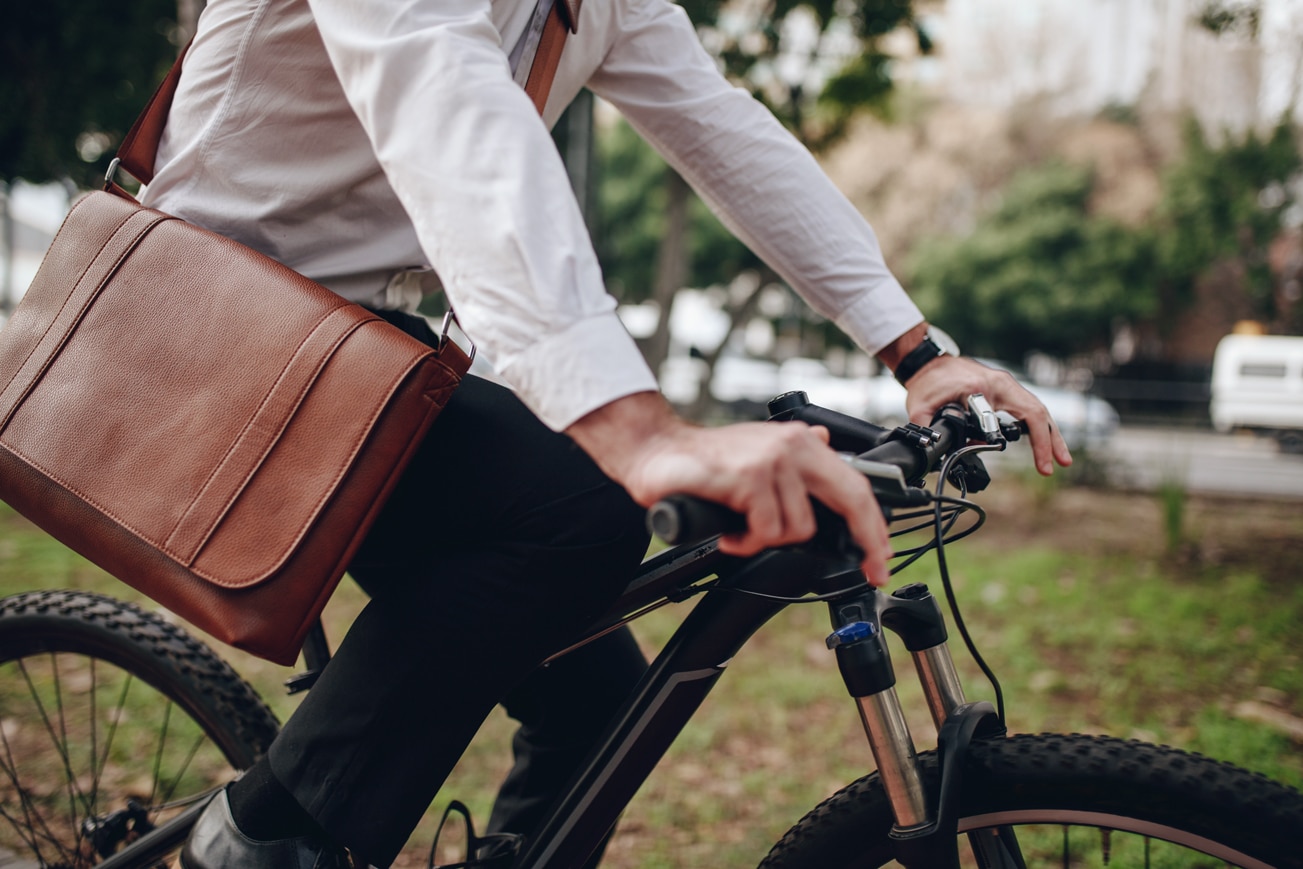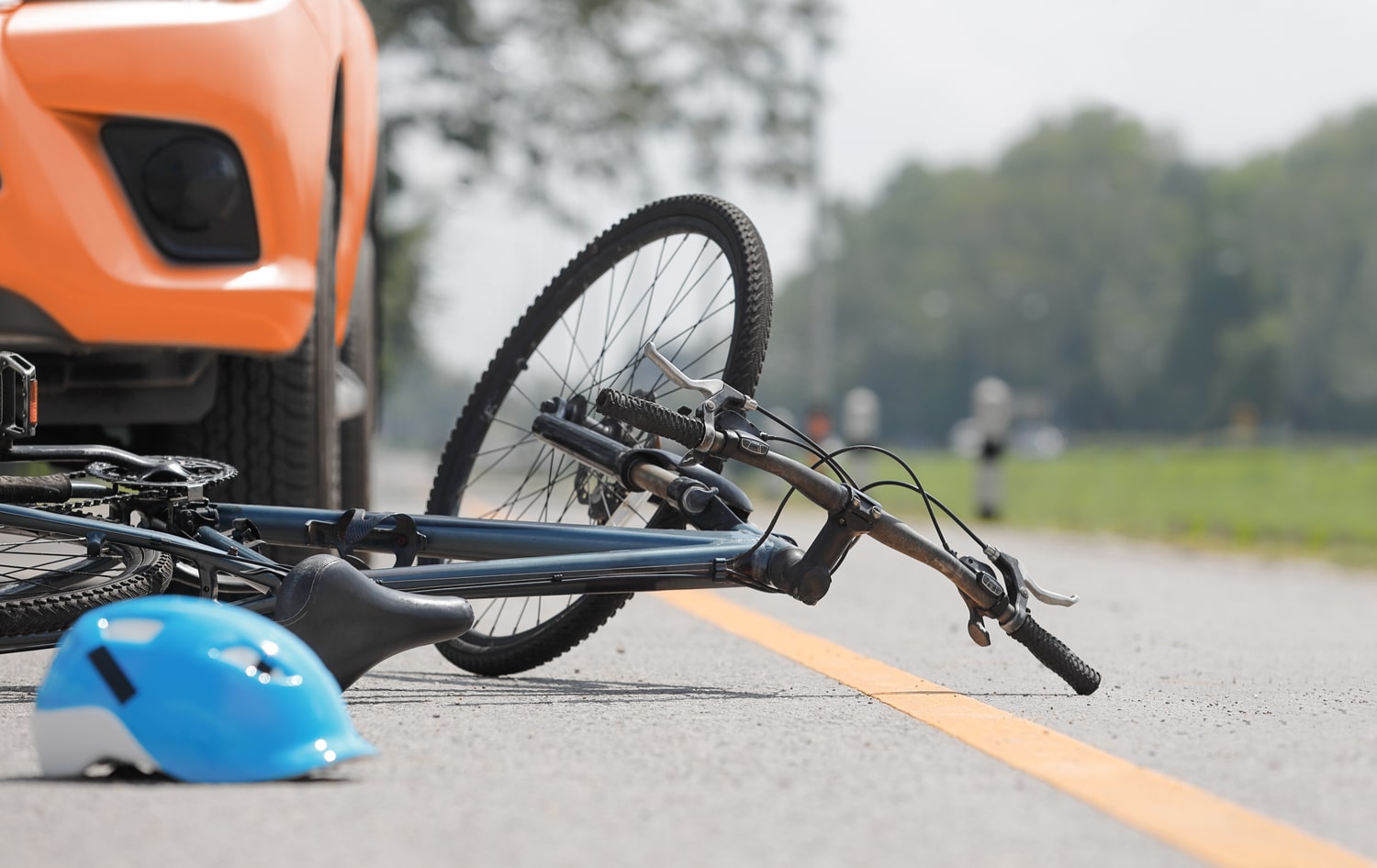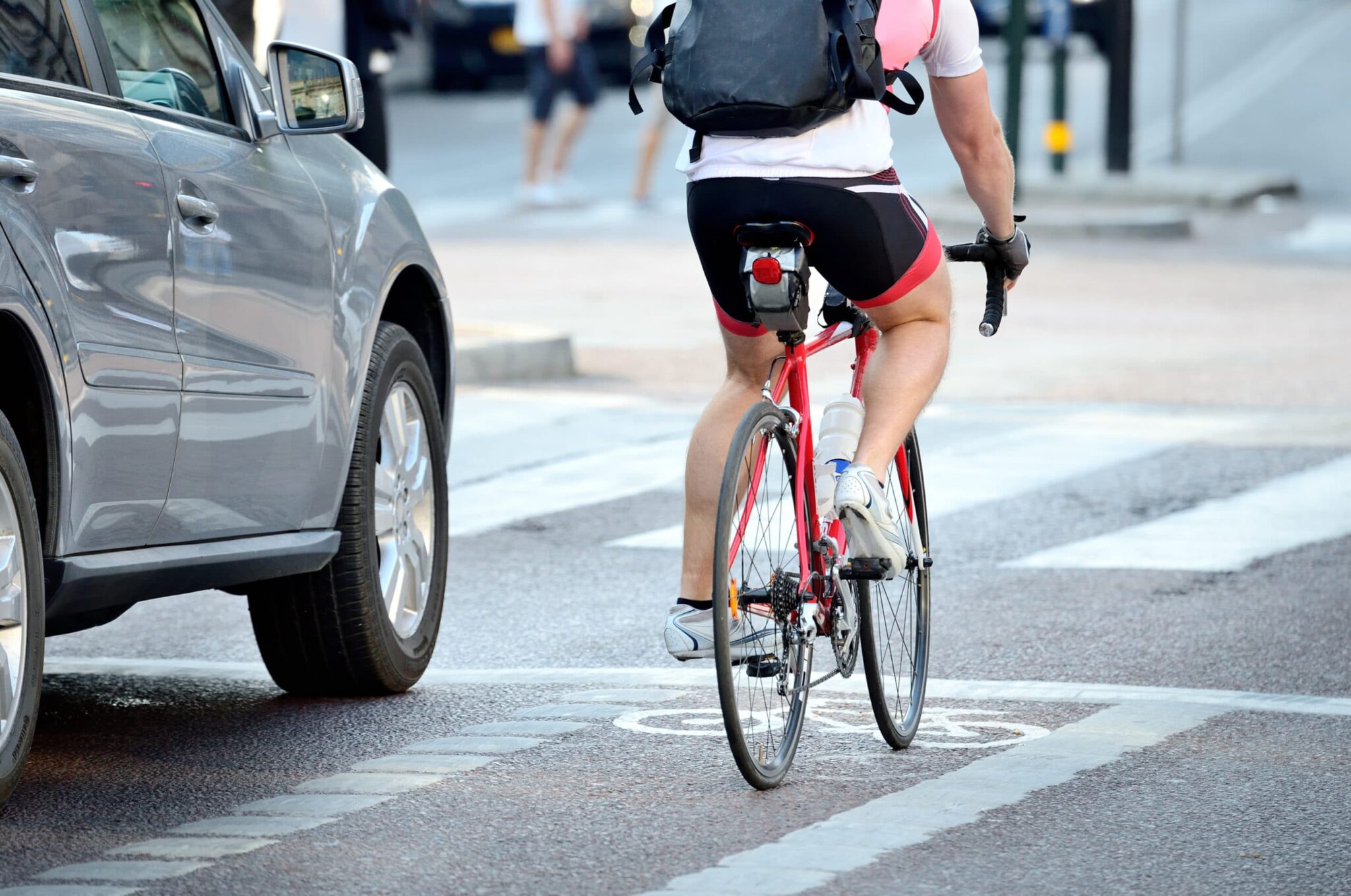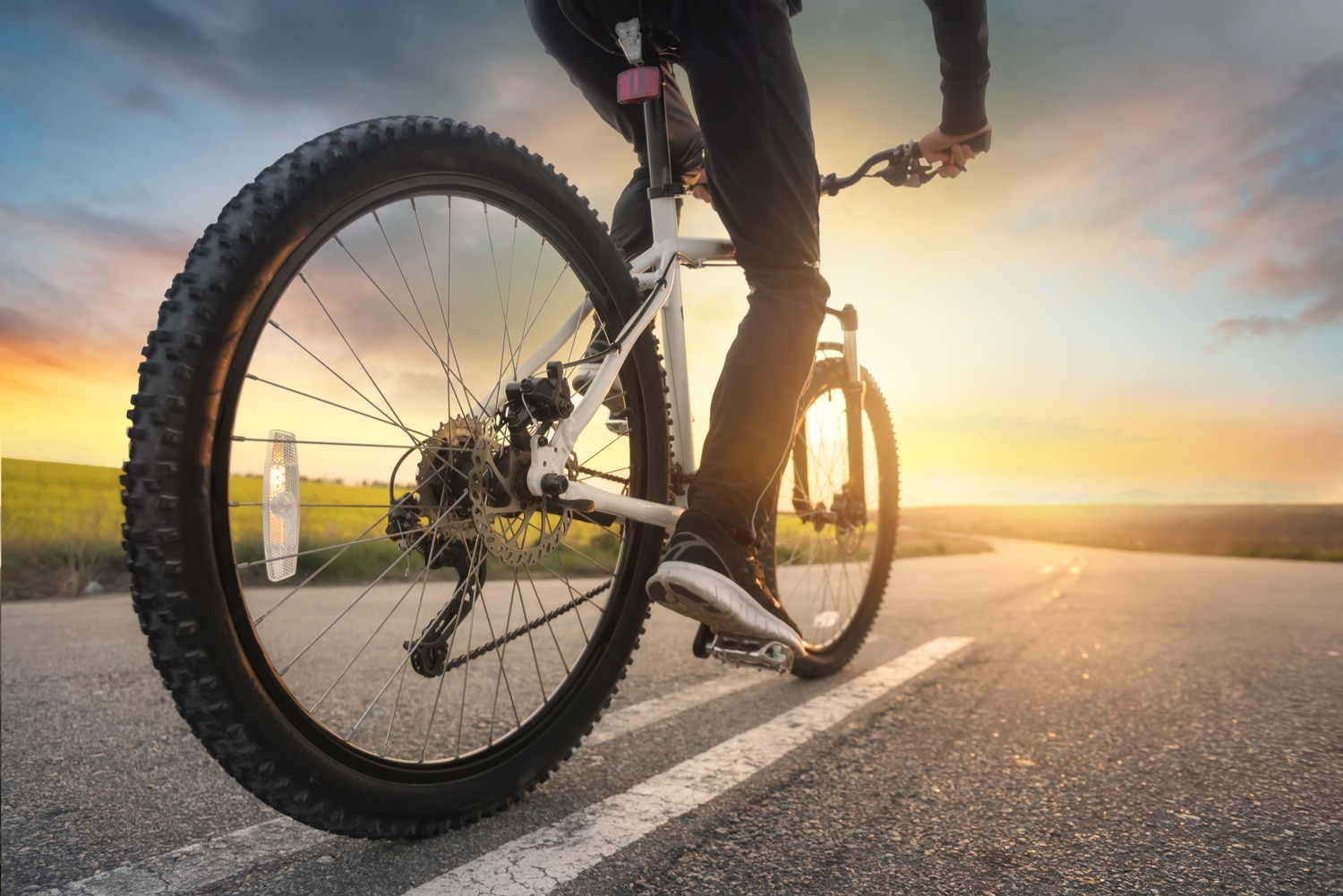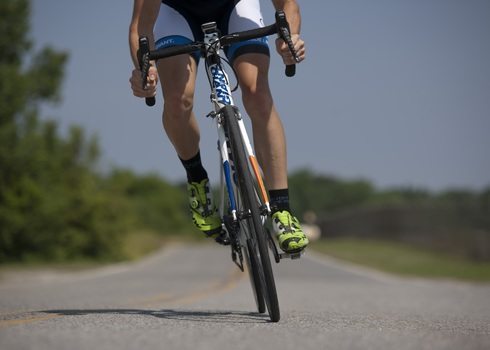Spring has sprung, and we are well on our way to stimulating summer activities like baseball, barbecues, and — as the month of May will highlight especially — bike riding.
May is National Bike Month, a month dedicated to highlighting the benefits of bicycling and encouraging safe riding habits. Since 1956, the League of American Bicyclists has served as the national sponsor of National Bike Month. Each May, the League encourages and empowers individuals of all ages and backgrounds to get involved with cycling.
One sub-event that falls within National Bike Month is National Bike to Work Week on May 15-19, which encourages individuals to forego motor vehicle transportation and ride their bikes to work if possible.
The Benefits of Bike Riding
Bike riding is beneficial in many ways. Those who regularly (or even occasionally) participate in the activity often find that bicycling is a satisfying and worthwhile use of time, money, and other resources.
Some benefits of bicycling include:
- Saving money on gas and other transportation costs
- Improving cardiovascular health
- Saving time — in many cases, a bike’s ability to avoid traffic can actually reduce travel time on shorter trips, especially during rush hours
- Protecting the environment by limiting the use of gasoline
- Exploring new areas of your community, either by yourself or with friends or family
Bike riding can bring people together and free others from having to conform to conventional forms of transportation or exercise; however, bike riding also comes with some safety challenges and concerns.
Cycling Safety Challenges
Even if a cyclist has all the right protective gear, uses the correct hand signals, and follows the rules of the road, it does not mean that cycling is free from risk. Far too many car and truck drivers fail to look out for cyclists and to drive in a cyclist-friendly manner, and, unfortunately, this can result in accidents that cause dire injuries or even fatalities.
When a bicycle and car are involved in a severe crash, the bicyclist is almost always the one who is injured or killed. In 2014, 2 percent of all traffic fatalities in the nation were bicyclists.
Dusk is the most dangerous time to ride a bike, as most bicyclist deaths happen between 6 and 9 p.m. In addition, about 20% of all cycling deaths happen when the cyclist is legally drunk, with a blood alcohol concentration (BAC) of .08 or higher.
Bicycle accidents are not reported as often as other types of crashes. In Texas, bicycle-motor vehicle accidents are particularly underreported because the state only tracks car-bicycle collisions that result in a fatality.
The National Highway Transportation and Safety Administration (NHTSA) believes most bicycle-motor vehicle crashes could be completely avoided if all drivers and cyclists followed the rules of the road and shared the road properly. Unfortunately lack of awareness remains a barrier to this goal; many times, drivers fail to look out for bicyclists or don’t believe bicyclists have the same rights and responsibilities as cars.
Cycling Safety Tips
Although you can’t control how others will drive, you can take certain safety steps to protect yourself and your family. Consider the following safety tips, which can reduce your risk for a crash.
- Be seen: Consider wearing a headlight and reflective gear while riding your bike, regardless of the time of day.
- Communicate with drivers: Attempt to make sure drivers know where you are. Before you cross an intersection or stop at a traffic light, make eye contact with any driver that might affect your intended route, if possible.
- Use hand signals: When you are going through an intersection, use hand signals to indicate which way you intend to go.
- Don’t ride distracted: Just as you shouldn’t operate a motor vehicle while distracted by a phone, GPS, or music, you should not ride a bicycle while distracted. Operating a bike takes full physical, visual, and cognitive focus, and taking any of that focus away puts you at increased risk for a crash.
- Avoid busy streets: With so much traffic on major thoroughfares, it can be easy for cars to miss bicycles and not share the road. Less-crowded side streets are a better choice when possible.
As a driver, always look out for bicycles and give them space. Learn the hand signals and teach your family members what they mean, and remember that learning and adhering to the rules of the road is everyone’s responsibility.
Crosley Law Firm: Advocates for Cycling Accident Victims
Bicycle accidents happen, even to the most careful of riders. When these crashes occur, insurance companies rarely offer sufficient compensation to those injured or to the families of persons who are killed by negligent drivers.
As a committed advocate for cycling safety, Crosley Law Firm has represented the victims of many bicycling accidents that resulted in serious injuries and fatalities. Here at Crosley Law, we assist cyclists and their families in seeking and recovering monetary compensation from negligent drivers, insurance companies, and other entities that may be liable for damages and injuries.
Our attorneys have the skills and experience you need on your side while taking on insurance companies. Contact us today if you or someone you love has been injured or killed in a bicycle-motor vehicle accident by calling 210-LAW-3000 or by filling out our convenient online form.
References
Bicyclists. (2017, February 14). National Highway Transportation Safety Administration. Retrieved from https://www.nhtsa.gov/road-safety/bicyclists#3276
Pedestrians and bicyclists. (2016, November). Insurance Institute for Highway Safety. Retrieved from http://www.iihs.org/iihs/topics/t/pedestrians-and-bicyclists/fatalityfacts/bicycles/2014
The content provided here is for informational purposes only and should not be construed as legal advice on any subject.
